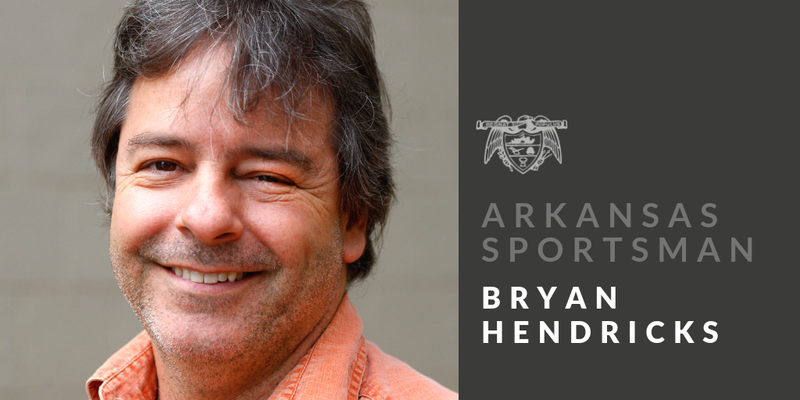This is why we pattern our shotguns.
Since September, I have written a series of articles about a 1950 Winchester Model 12 that I obtained last summer. It's a rare bird, with a beavertail forearm, fancy walnut and 22 line-per-inch checkering. Field grade Model 12s had corncob slides and plain, uncheckered walnut.
With a 26½-inch full choke barrel and solid rib, mine appears to be a trap gun. That barrel length should have been my first clue that something was wrong. Full choke barrels traditionally have 30-inch barrels. I noticed the oddity but disregarded it. I also disregarded my suspicions about the reversed red aftermarket front bead, which was so badly installed that I had to sand solder out of the muzzle.
My third clue appeared on opening day of dove season. Using 1-ounce loads of No. 7½ lead, I should have been able to make long shots, but my shot-to-hit ratio was more than four shots per bird. I usually hit around 80 percent.
Later, I bagged a limit of pheasants with the Model 12 in South Dakota. All the birds were close, and my kills were solid.
In duck season, I used the Model 12 and No. 5 Bismuth to kill a limit of mallards near Stuttgart. All my shots were close, and again my kills were stone solid.
On Saturday, I patterned two loads for a turkey at 30 yards. One contained 1¼ ounces of No. 6 lead, and the other contained 1⅛ ounces of No. 6 lead. The patterns were awfully loose for a full choke.
I measured the bore. It's .635 inch. For 16-gauge, that constriction is improved/modified.
A previous owner had the barrel shortened and turned a trap gun into an upland bird gun, albeit a very good one.
Rifle reloading
People that reload metallic rifle cartridges generally inhabit one of two camps.
Some load for speed. Their goal is to drive a bullet as fast as possible before excessive chamber pressure damages their cartridges.
The other camp emphasizes accuracy. These people painstakingly manipulate their brass to exacting, uniform specifications so that there is no deviation among their cartridges. They also buy custom barrels, custom triggers and custom stocks. They true their actions, glass bed their stocks, and so forth.
I inhabit a camp of one. My goal is to attain maximum accuracy with unaltered factory-hunting rifles.
A common perception is that stock-hunting rifles are seldom capable of shooting groups smaller than 1 inch at 100 yards. My hobby is to make them shoot comparably to custom rifles, and I usually succeed.
My favorite deer rifle, a factory original Ruger Model 77 in 6.5x55 Swedish, makes tiny three-shot cloverleafs at 100 yards with factory Remington Core-Lokt ammo. It does just as well with premium bullets such as Nosler Accubond and Nosler Ballistic Tip. It loves any bullet as long as it weighs 140 grains, but it won't group lighter bullets.
My roster of sub-MOA rifles includes two Browning A-Bolts in .25-06, two Remington 700 BDLs in 7mm-08 and .280 Rem., and a Winchester Model 70 Stainless Stalker in 7mm Rem. Mag.
One A-Bolt and the Winchester are equipped with the Ballistic Optimizing Shooting System (BOSS). It's a calibrated weight that aligns the barrel's harmonics with a specific bullet's exit point from the muzzle. An integral muzzle brake reduces recoil and muzzle jump to improve accuracy.
You can calibrate the BOSS for superb accuracy with almost any load, but it takes a lot of testing.
Browning and Winchester introduced the BOSS with great fanfare in the late 1990s. It sold well initially, but it frustrated hunters who didn't spend the time to tune the BOSS. Most of them set it to the published "Sweet Spot" and then complained about how inaccurate their rifles were.
Sweet Spots are suggested starting points for a very limited selection of bullet types and weights. You must shoot a fair number of rounds to obtain a precise setting.
My most accurate loads won't impress the hotrodders, but the only time mid-range velocities were a liability was with factory Core-Lokts out of the Swede. At 300-plus yards, they were so slow that they didn't expand on a deer I shot.
I juiced some reloads to run about 200 feet per second faster. Those are my least accurate loads, but they are superb for hunting.
Sports on 04/11/2019
